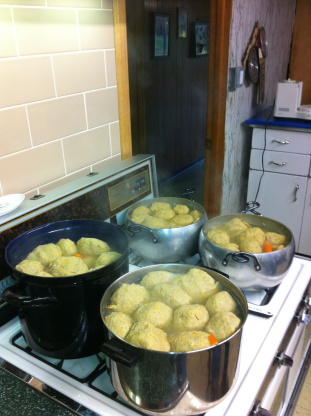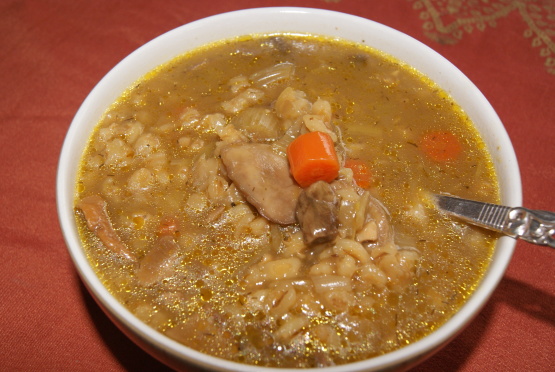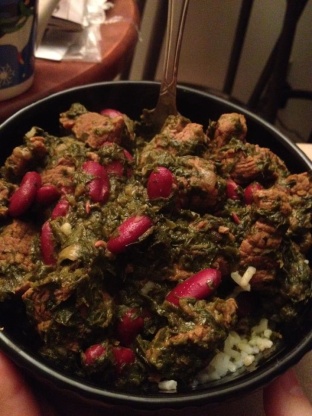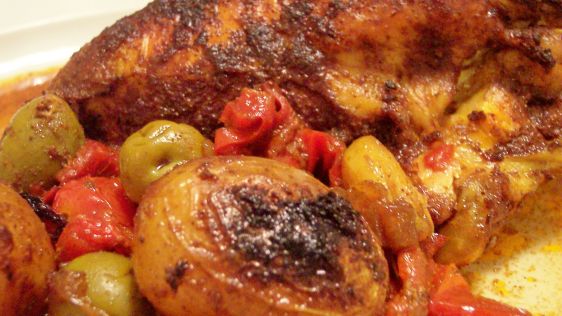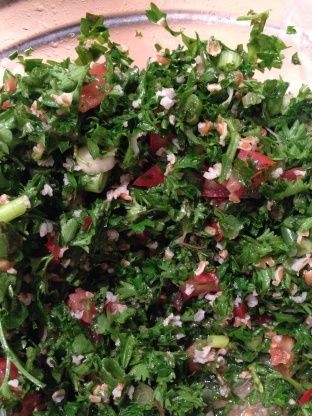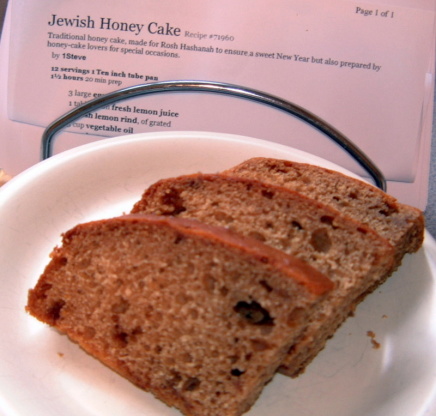25 Recipes to Celebrate Sukkot
Before pumpkin spice everything signified the start of fall, Jews had Sukkot! The third in the trifecta of Jewish High Holidays, Sukkot is a celebration of the autumn harvest. It is traditional to build an outdoor hut called a Sukkah to use for eating, celebrating and even sleeping during the week-long festival. The Sukkah has a thatched roof so you can see the stars, and it resembles the shelters farmers used to dwell in during harvest season. We welcome friends and family over for festive meals in the Sukkah and to give thanks for food and housing. Seasonal ingredients of the harvest inspire the menu, and we traditionally eat stuffed foods, such as cabbage rolls, to symbolize a bountiful yield. By Amy Kritzer Becker
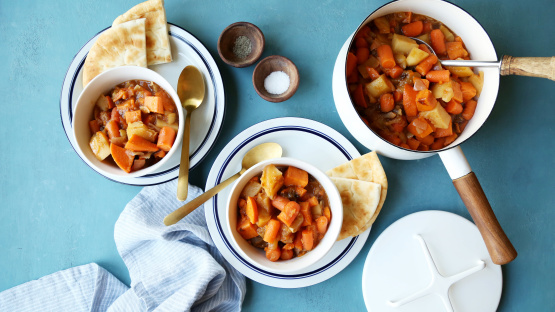
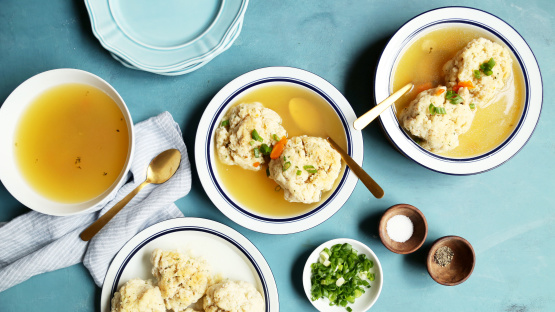

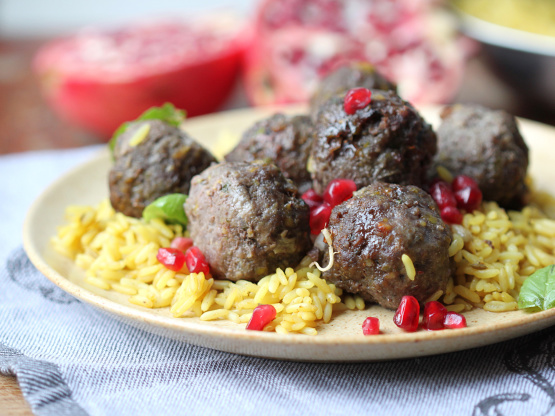


.jpg)
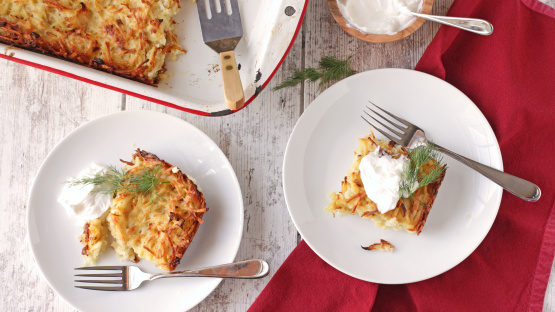

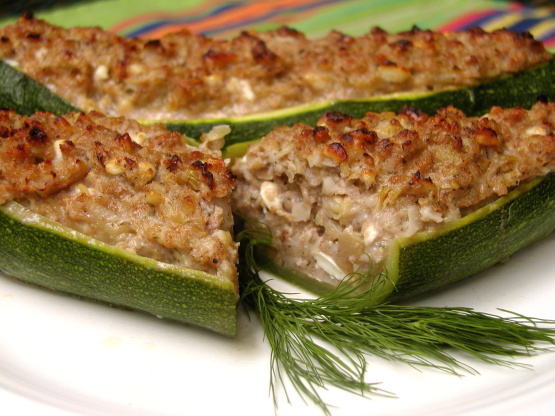

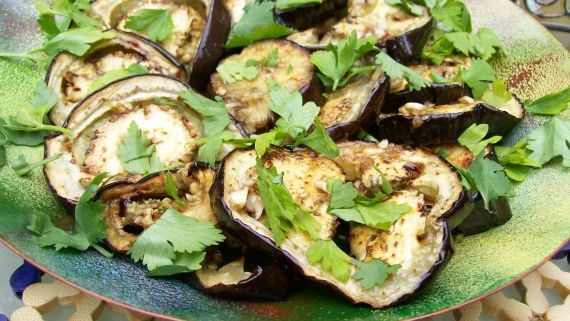
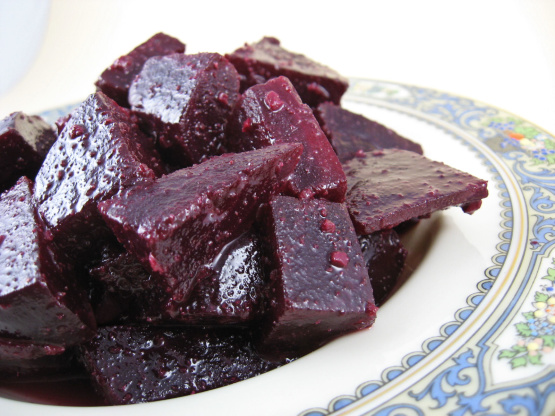
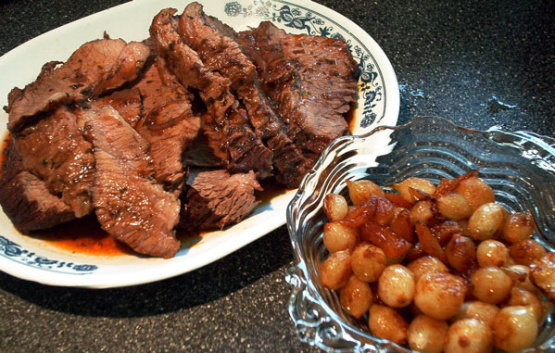
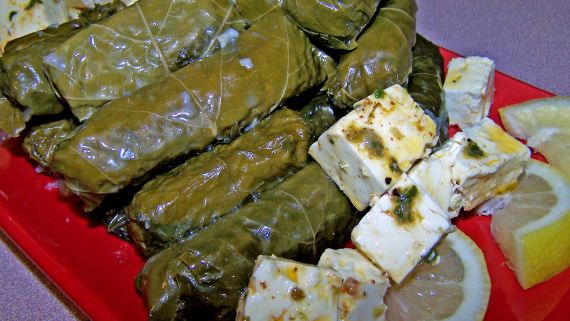


.jpg)
